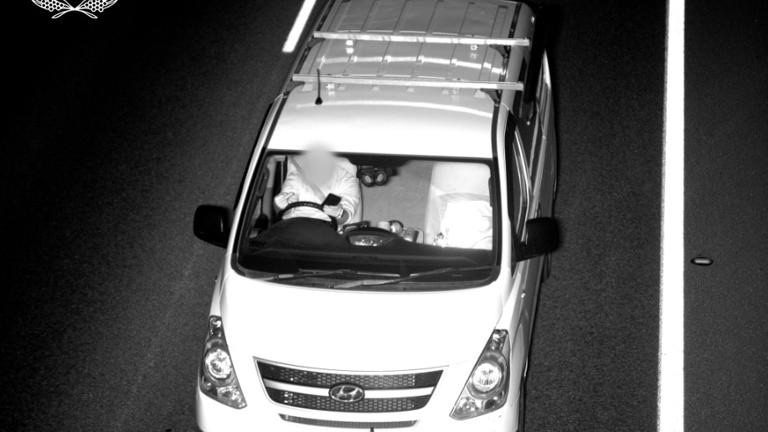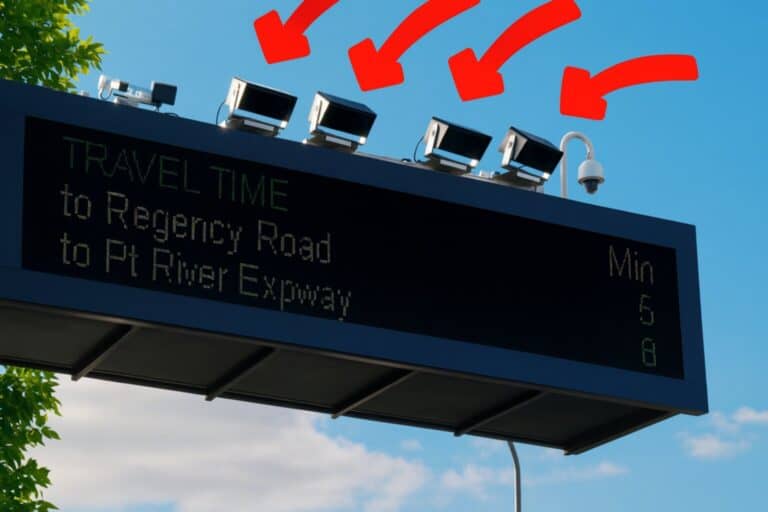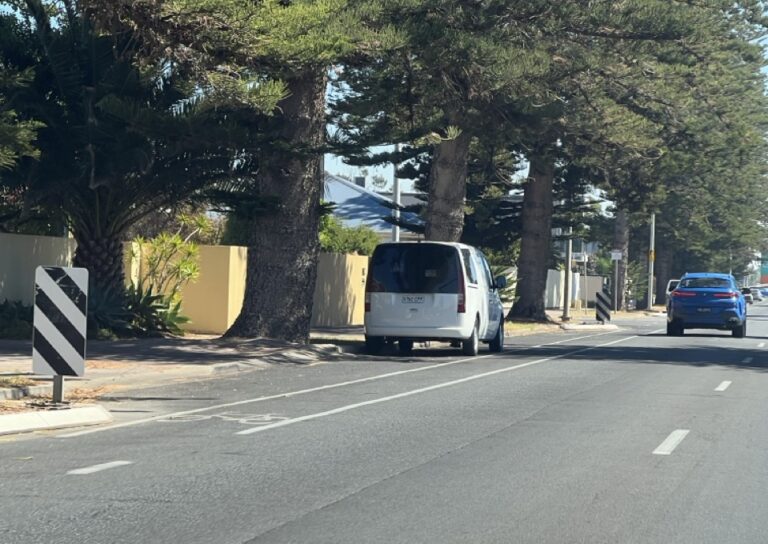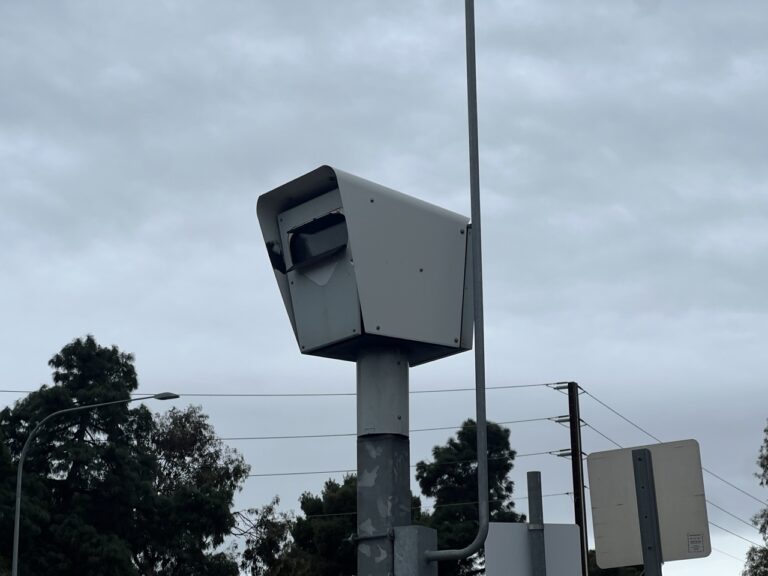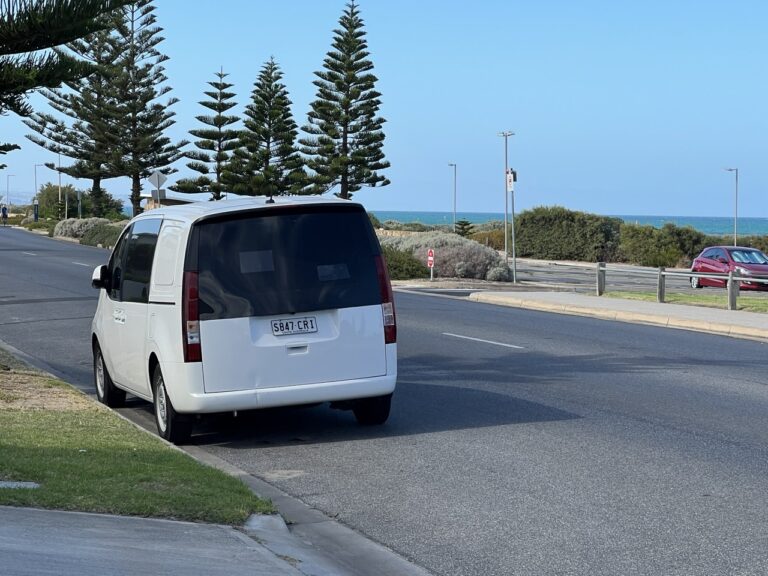Adelaide’s newly implemented mobile phone detection cameras have already made their presence felt, raking in significant revenue in just the first week of enforcement. Following the end of a three-month grace period, SA Police issued a staggering 2,544 fines to drivers caught using their phones at the wheel. Each offence carries a hefty $556 fine, along with a $102 contribution to the victims of crime levy, and drivers receive three demerit points on their licence. While the goal of these fines is to curb distracted driving, the rollout has sparked debate on what actually constitutes distraction in modern vehicles.
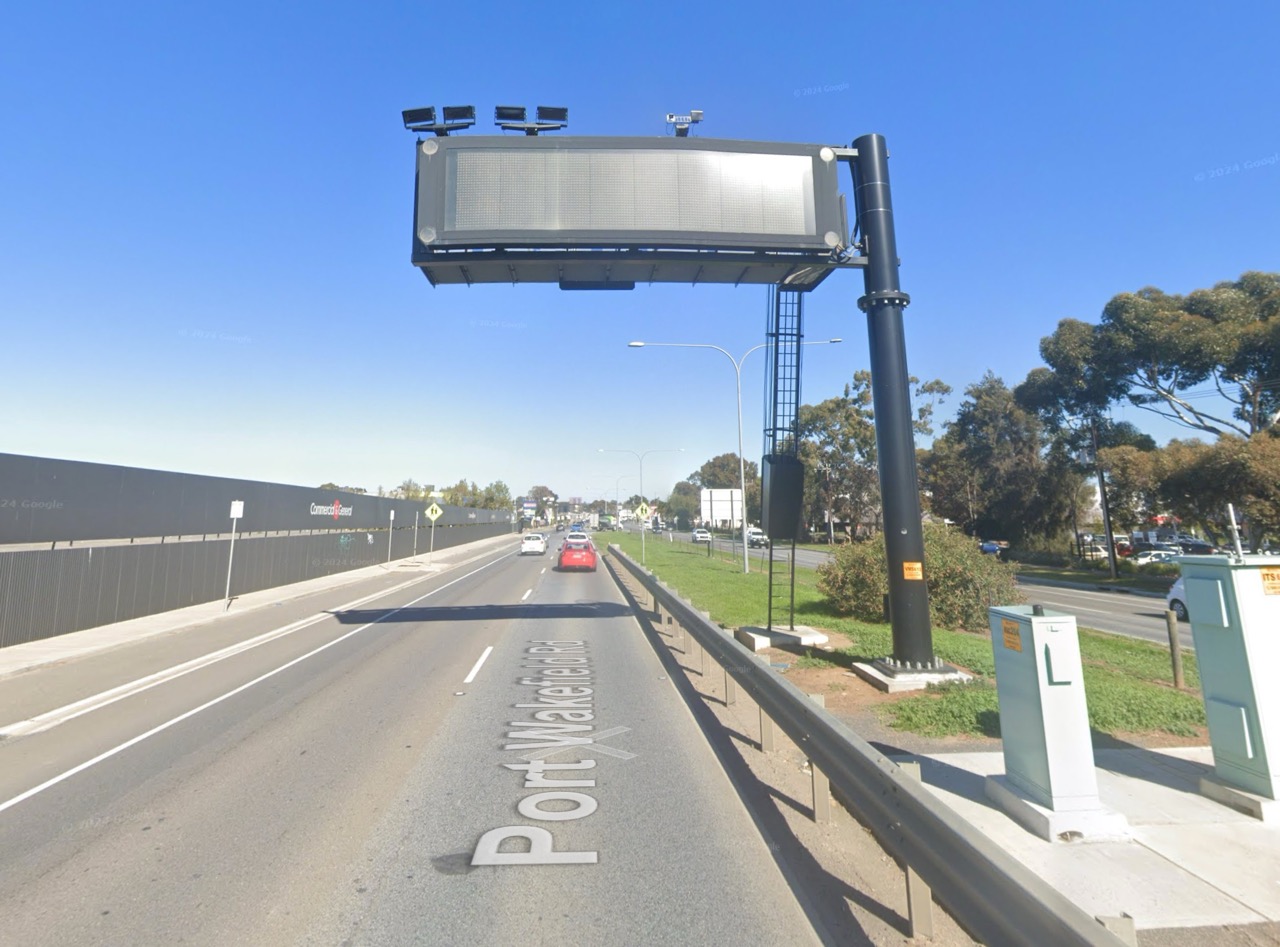
The mobile phone detection cameras were designed to clamp down on one of the most common forms of distracted driving: mobile phone use. The cameras, now operational across five high-traffic zones in Adelaide, have quickly proven effective at identifying offenders. In the first week alone, SA Police raised significant revenue from the 2,544 fines, highlighting the scale of mobile phone use on the roads despite increased awareness campaigns and warnings.
While few would argue that mobile phone use while driving is dangerous, some drivers have questioned the fairness of the fines, especially in the context of modern vehicles. Today’s cars are equipped with large, tablet-sized infotainment systems that control everything from navigation to climate settings. These screens often require drivers to look away from the road to perform basic functions like adjusting the temperature or selecting a playlist—actions that can be just as distracting as using a mobile phone.
Drivers argue that the same focus given to mobile phone use should extend to these in-car distractions. If pulling out your phone to change a song or send a text is fined, should interacting with a complex car interface be any different? After all, the attention required for both can divert a driver’s focus from the road for a crucial few seconds.
Superintendent Fielke of SA Police stressed that the purpose of the mobile phone detection cameras is to change dangerous driving behaviours, not just to raise revenue. “This is not about revenue raising,” Fielke said. “It’s about keeping people safe on the roads.”
While the revenue raised from the fines may be considerable, the main goal remains reducing accidents and saving lives. However, the rise of technology in vehicles poses a new challenge in defining and regulating distracted driving. As in-car infotainment systems become more complex, finding a balance between safety and convenience will be critical.
The mobile phone detection cameras are only the beginning. With two more cameras planned for next year, SAPOL have made it clear that they are committed to cracking down on phone use behind the wheel. As drivers face these steep fines, the debate around what constitutes a distraction in the modern driving experience will likely continue to grow.
In the meantime, drivers are urged to keep their phones out of sight and stay focused on the road—because whether it’s a phone or a car’s touchscreen, taking your eyes off the road can have serious consequences. The mobile phone camera locations map can be found on our post.

